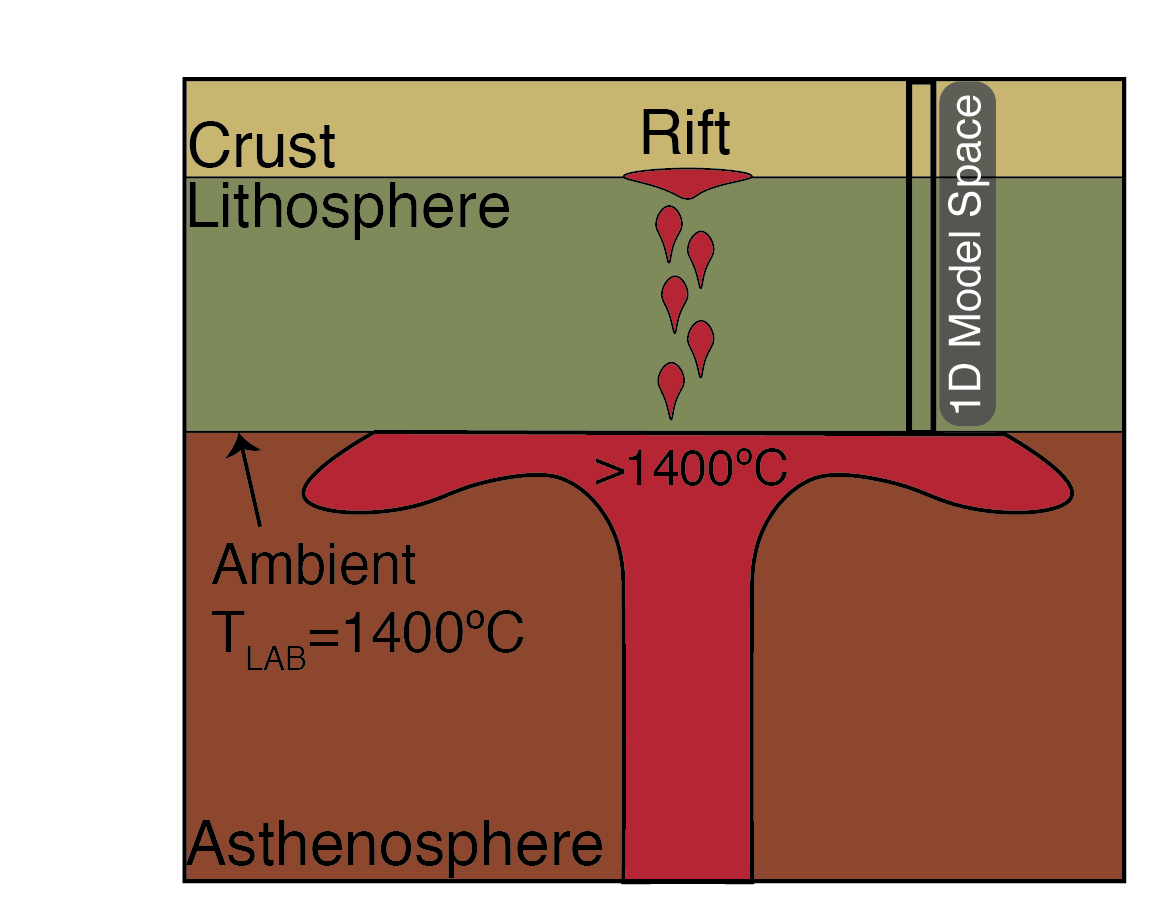Earth’s deep crust
In my PhD research, I applied U-Pb thermochronology to study the billion-year thermal evolution of central Canada’s Superior Craton, including how the crust responded to impingment of a mantle plume over 1 billion years ago…
The Victor diamond mine taps a diamondiferous kimberlite in the Attawapiskat kimberlite field. The Victor kimberlite erupted ~170 million years ago, plucking middle and lower crustal xenoliths on its way and transporting them to the surface. We measured the U-Pb compositions of rutile and apatite grains from a suite of these xenoliths. Given the temperature-dependent diffusive loss of Pb from these minerals at middle-to-lower crustal temperatures, these accessory phase thermochronometers can track the cooling and reheating history of the crust at various depths prior to the Jurassic-age kimberlite eruption. Interpretation of thermochronologic data in the context of thermal models reveals the timing and nature of plume heating beneath the Attawapiskat region coinciding with Mid-Continent Rift volcanism in the Lake Superior region. Read all about it here: Detecting the extent of ca. 1.1 Ga Midcontinent Rift plume heating using U-Pb thermochronology of the lower crust.
The diagram below illustrates the model framework and temperature conditions we use to simulate plume heating at the Lithosphere-Asthenosphere boundary (LAB) beneath the Attawapiskat region:

Our data are most consistent with a scenario where plume impingement at the base of the lithosphere resulted in erosion of the overlying material. After plume activity ceased at this location, asthenospheric mantle cooled and accreted to the eroded lithosphere base, resulting in a chemical boundary layer (CBL) that is shallower than the thermal boundary layer (TBL). Contemporary seismic observations are consistent with this model. 
